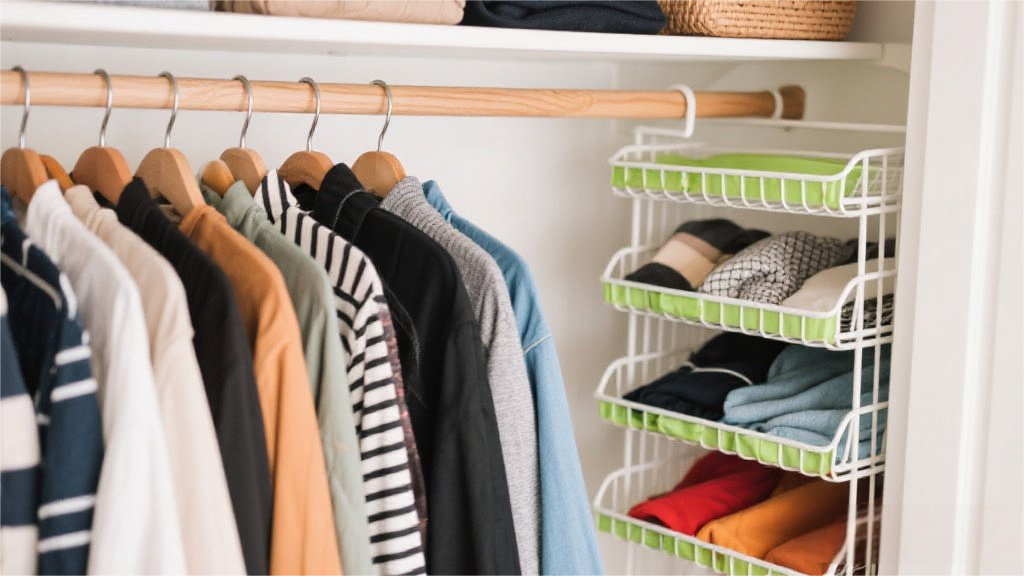If you're like me, you probably spend your evenings scrolling through your phone or binge-watching shows, only to realize way too late that you've sabotaged your own sleep. The struggle is real—blue light from screens messes with our melatonin production, making it harder to drift off. But what if I told you there's a simple hack that could help? Turns out, red light might be the secret weapon your bedtime routine is missing.
The Science Behind Red Light and Sleep
You’ve heard that blue light is the enemy of sleep, but why? It all comes down to biology. Our eyes contain photoreceptors that are super sensitive to blue wavelengths—the kind emitted by phones, laptops, and even energy-efficient LED bulbs. When these receptors detect blue light, they send signals to the brain that basically scream, "Hey, it's daytime! Stay awake!" This suppresses melatonin, the hormone that tells your body it's time to wind down. Red light, on the other hand, doesn’t trigger the same alertness response. Instead, studies suggest it may actually encourage melatonin production, gently nudging your brain toward sleep mode.
How to Harness Red Light for Better Sleep
Swapping out your bedroom lighting isn’t as complicated as it sounds. Start by replacing harsh white bulbs with warm, red-toned alternatives—smart bulbs that let you adjust color temperature are perfect for this. About an hour before bed, dim the lights and switch to a reddish hue. If you’re not ready to overhaul your lighting setup, even a small red nightlight can make a difference. And yes, this means putting your phone away (or at least using a red-light filter app) to avoid undoing all your hard work.
Beyond Light: Other Sleep-Boosting Strategies
While red light can help, it’s not a magic fix. Consistency is key—try to hit the sack and wake up at the same time daily, even on weekends. Your body thrives on routine. Also, watch what you consume in the evening. That post-dinner espresso or nightcap might feel satisfying, but caffeine and alcohol are notorious sleep disruptors. Instead, opt for herbal tea or tart cherry juice, which contains natural melatonin. And don’t underestimate the power of a cool, dark, quiet bedroom—it’s like setting the stage for your best sleep ever.
Myths vs. Facts: What Really Works
your body doesn’t work like a bank account. The truth? Small, sustainable changes—like adding red light to your nightly routine—add up over time. Think of it as upgrading your sleep hygiene one tweak at a time.
At the end of the day (pun intended), better sleep isn’t about perfection—it’s about progress. Whether you start with a red lightbulb or just commit to putting your phone down earlier, every little adjustment helps. Sweet dreams!
























